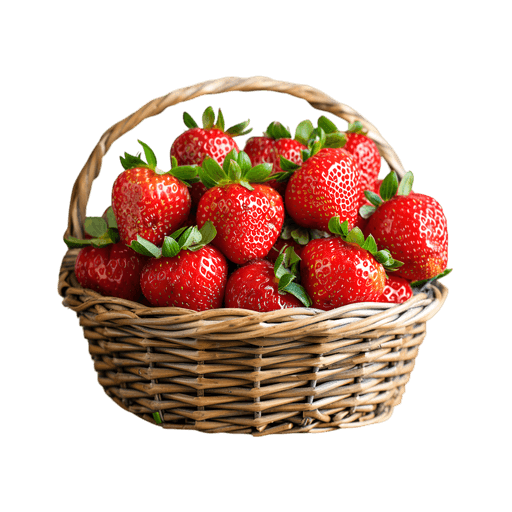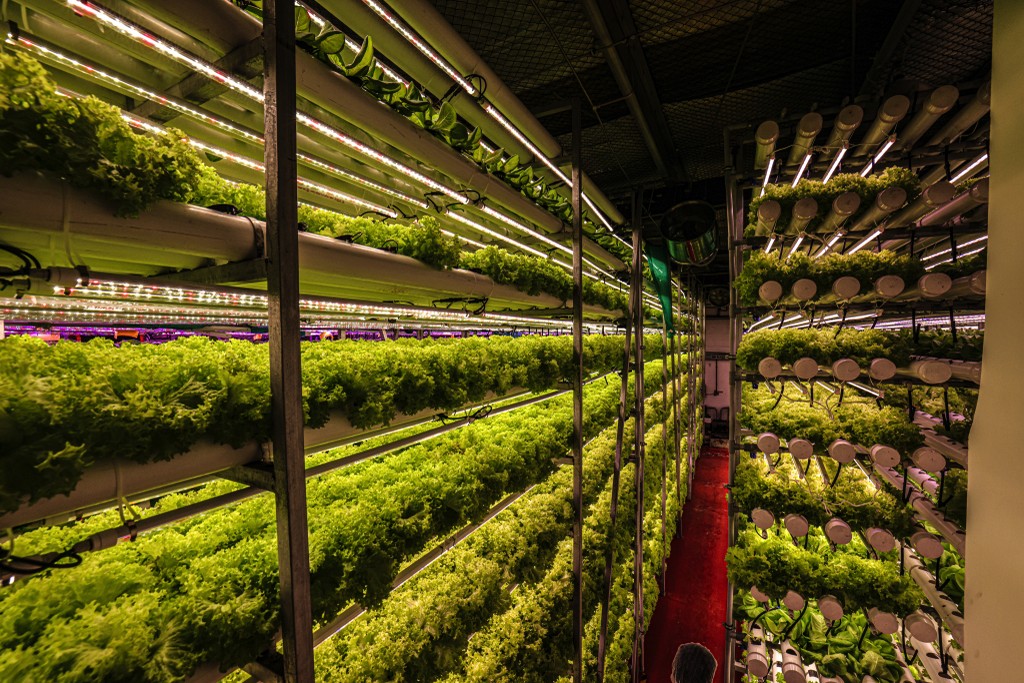Nov 15, 2024
To feed everyone, global food production will need to increase by 70% in the next 30 years. How can this be achieved?
To begin with, let’s understand the problem at hand.
The urban share of the world's population has increased from 30% in 1950 to 57% in 2021. It's projected to reach 68% by 2050. A UN Committee on World Food Security (CFS) report stated that over three-fourths of the world's food-insecure population are in urban and peri-urban regions.
Here's where the concept of soilless farming (or, soilless agriculture) comes into play. When water travels through soil, it takes nutrients to the plant roots to help them grow. Soilless farming is basically what the term says; there's no soil used to help plants grow. The idea is to minimise resources like water, for example, but still produce high quantities of crops.
The space for large-scale cultivation necessary to keep up with the food demand is shrinking. Resources needed by traditional agricultural methods are astronomical. Long-term food security is especially vital in places like Dubai, which has limited arable land and harsh climatic conditions.
Types of soilless farming
There are three key types of soilless farming — Hydroponics, Aeroponics, and Aquaponics.
Hydroponics
It's a method of indoor farming or controlled environment agriculture. While it's not new, hydroponic farming is a relatively recent innovation. It eliminates the unnecessary components of traditional farming.
LED lights are used instead of the sun. Seeds are planted in soil-free growth mediums. Instead of using soil, hydroponic farming uses nutrient-rich water. Those nutrients are pre-mixed and delivered along with high oxygen levels. These components can be tailored and adjusted for optimum use with no wastage.
Aeroponics
In aeroponic farming, air or mist is used to grow plants without soil. The roots are suspended in the air, and a nutrient-rich solution is sprayed on them. Any water that doesn't stick to the roots is collected and reused. It ensures there's no water wastage.
Since there's no soil, there are fewer bugs, pests, and soil-borne diseases to worry about. Like hydroponics, the components are tailored - how much light the plants get, the right temperature, etc. With the optimal usage of oxygen and nutrients, the plants can often grow faster than their soil-grown counterparts.
Aquaponics
It's a unique farming method that combines aquaculture, the practice of raising fish, with hydroponics. In this system, fish and plants are cultivated in a symbiotic environment together.
The waste produced by the fish is converted by friendly bacteria into nutrients that plants absorb. In turn, the plants purify the water to create a healthy environment for the fish. It's a closed-loop system that's highly efficient, uses less water than traditional farming, and eliminates the need for chemical fertilisers.
The Science
Nutrient delivery
In soilless farming, the soil supports the infrastructure necessary to install the soilless system. It doesn't use nutrients from the soil, which, in traditional methods, can be infested with bugs or harmful pesticides. Water and nutrient solutions are fed to single plant roots in just the right quantity and time.
Mineral nutrient deficiency is a global issue for human health, especially in developing countries. It's mainly due to poor soil fertility and the application of chemical fertilisers, where beneficial microorganisms get destroyed. Soilless farming encourages precision nutrient application that minimises depletion by maintaining nutrient sufficiency.
Controlled Environment Agriculture (CEA)
CEA is the production of plants and their products inside controlled environments like greenhouses and vertical farms. Here, high-value crops can be grown efficiently and environmentally friendly.
It's an excellent way to protect crops from the harsh and unpredictable outdoor elements. Since it's indoors, you can control the elements and provide the best possible conditions — everything from the temperature, humidity, and light cycle. Even out-of-season crops or crops that would need a different climate can grow throughout the year.
Advantages
Water conservation: Traditional agriculture accounts for about 70% of global freshwater withdrawals. When you remove the challenges of traditional farming, the implications on the environment and costs are enormous. Plants transpire a large amount (about 95%) of water they don't consume. It either drains or evaporates. With soilless farming, only the exact amount of water necessary is used. Any excess, if there's any, is collected and reused.
Optimising space: The most obvious advantage of soilless farming is land usage. Take vertical farming, for example. When crops are stacked vertically inside a purpose-built facility, a lot of space is saved. You can grow much more with less space.
Minimal chemical use: When there's no soil used, the need for harmful fertilisers and pesticides is eliminated or reduced. It uses tailored nutrient solutions that meet the specific requirements of various plant species. This improves their taste, nutritional value, and marketability.
Challenges
Initial costs are high: Soilless farming needs considerable investment in the beginning. It relies on specialised equipment like pumps, LED lights, timers, and nutrient reservoirs. These are expensive. Also, the initial investment in building the right structure like a greenhouse is high.
Technical Expertise: Soilless farming requires skilled labour to maintain the right growing conditions. You need people with expertise to cultivate in the right conditions for each crop type.
Energy use: Soilless farming and CEA often have unique energy needs. Remember, it's not natural elements but things like LED lighting that are used to help plants grow. Power usage becomes an issue since some crops might require round-the-clock lighting.
Perfect for Dubai and the UAE
The United Arab Emirates (UAE) is an arid country with warm weather and desertified land. Not many crops can be grown using traditional methods. But cities like Dubai have shown growing food even in tough conditions is possible. Instead of growing outdoors, dedicated indoor structures and tailored environments with the right infrastructure make soilless farming the perfect substitute for traditional agriculture.
Given the harsh climatic conditions, the UAE imports 80-90% of its food supplies. With indoor and vertical farms in controlled environments, crops that couldn't be grown using traditional methods can be cultivated locally. You don't need to rely on imports as much.
The future
Food security is already a big topic on the world stage. With climate change and global warming, we've got our work cut out if we want to ensure there's enough food. We can't achieve that by further depleting the planet's resources.
It's why soilless farming, with its minimal water and land use and opportunities to grow more crop varieties, is the best bet going forward. It's especially true in places where the climate isn't as hospitable for large-scale agriculture.
At Smart Grows Farms, sustainable agriculture is the mantra. Our mission is to bridge the gap between global food demand and the need for sustainable farming practices. Join us on this journey to make the world a better and well-fed place.
Get more Insights
Get the latest on health, sustainability, and farming, delivered right to your inbox.


